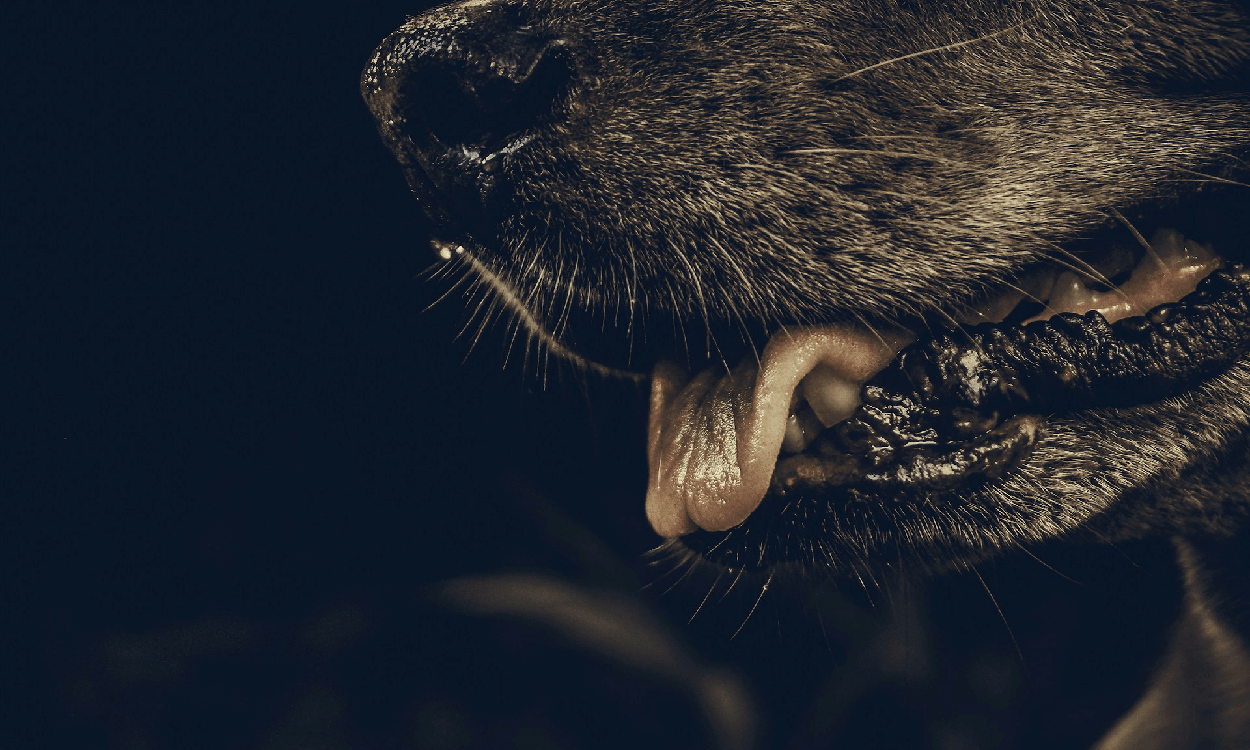
By age three, 80% of dogs show signs of dental disease.” That is an astronomical figure. Yet, it’s not just the bad breath-dental diseases arising from chronic building up of bacteria in the dog’s mouth results in serious illnesses such as renal failure, heart problems, among others. And it all comes from starting to kill bacteria.
But how, as a pet owner, do you help your dog keep their mouth healthy without making every day a battle of brushing? The answer has to do with targeting bacteria at its source. Let’s dive into why killing bacteria is so key to your dog’s dental health and how an oral spray might just be your new solution.
Bacteria: The Cause of Most Dental Problems in Dogs
If bacteria in your dog’s mouth is not managed well and hardens, then it becomes tartar. Before you know it, your dog’s gums become inflamed, causing them discomfort and pain, which could even be the cause of tooth loss. Worse still, such bacteria does not just stay confined to your dog’s mouth; it can travel into the bloodstream, creating a host of problems from weakened immune systems to life-threatening organ issues.
The solution? Kill the bacteria before it can do any harm. It’s the origin of most all these dental problems. No matter how much we focus on tartar or health related to the gums, everything leads back to bacteria control. That’s where things like dental spray for dogs come in.
Why Dental Sprays are a Game Changer
Dental sprays kill bacteria in your dog’s mouth on contact, focusing directly on your dog’s gums. They work by literally coating the teeth and gums with antibacterial agents that cut off plague formation at its source. Unlike traditional brushing-which, let’s be frank, most dogs despise-applying a canine dental spray is easy and takes mere seconds.
It’s almost like a background preventive measure. With regular administration of an oral spray, the amount of bacteria in your dog’s mouth can be greatly reduced, giving them less plaque, less tartar, and much fewer serious health complications later on.
How to Use a Canine Dental Spray Effectively
Giving the spray to your dog is extremely easy; like any routine for the teeth, though, it’s all about consistency. Here’s a simple plan to start with:
Apply the Spray After Meals: Bacteria grow at the fastest rate after your dog eats. By applying the spray after meals, you cut down on bacteria at its most active state.
Target the Gums and Teeth: Spray works if it reaches teeth and gums. Target well to ensure good spraying between both sections. Also remember to lift the dog’s lip and spray upon his gum line for full action.
Consistency is everything: and it’s much like brushing your own teeth: it will be the dental spray that keeps the bacteria at bay. Make this part of your daily routine, and you will find a remarkable change in your dog’s dental health.
Added Benefits of Dental Sprays
Besides killing bacteria, dental sprays have a host of other beneficial uses. Most of them contain natural ingredients such as Manuka and peppermint oil that, besides freshening your dog’s breath, will soothe the gums, which means less irritation and inflammation, thus making it more comfortable for your pet.
For those of us who have dogs that truly despise being brushed, a dog dental spray can be a lifesaver. No need to wrestle with toothbrushes or make a mess with the toothpaste-just a quick spritz, and you’re done.
Don’t Let Bacteria Sneak Up On You
We want our dogs to live a long, happy, and healthy life, and of course, diet and exercise play a big role in maintaining that. But their dental health is just as important. Do not wait until your dog has serious dental problems. Take the initiative now and find out how incorporating dental spray for dogs into their routine can help.
Kill bacteria sooner, and you’ve got the best chance of avoiding a lifetime of health problems. Keep it simple. Keep it consistent. And then watch your dog’s breath freshen, your dog’s gums stay healthy, and your dog start feeling better all over.
The little things in good canine dental hygiene begin with you-and a quick spray.
